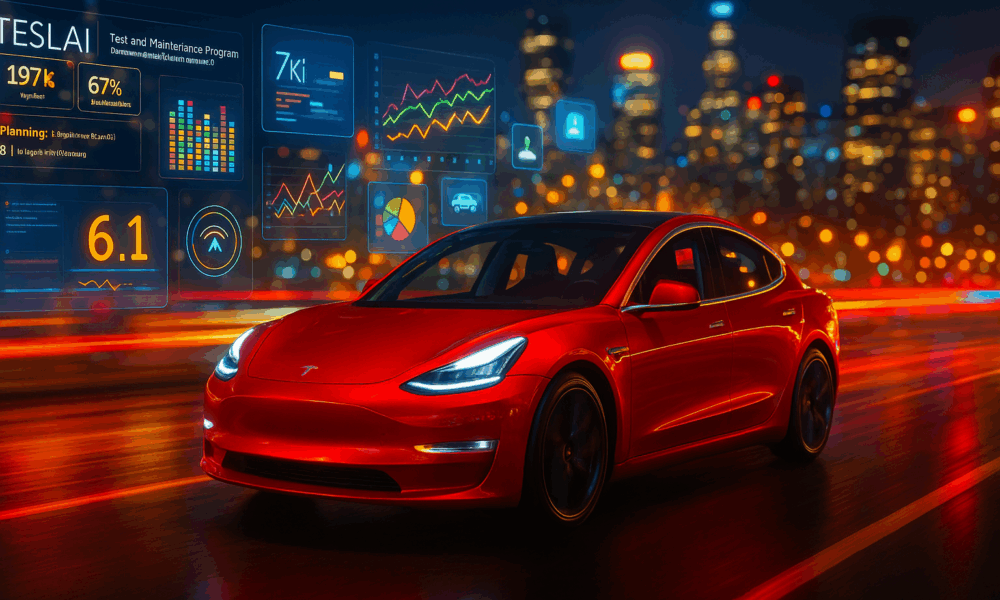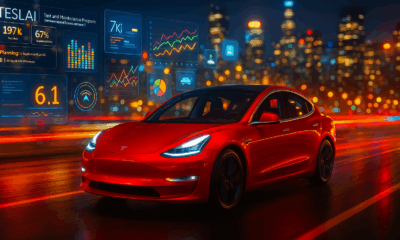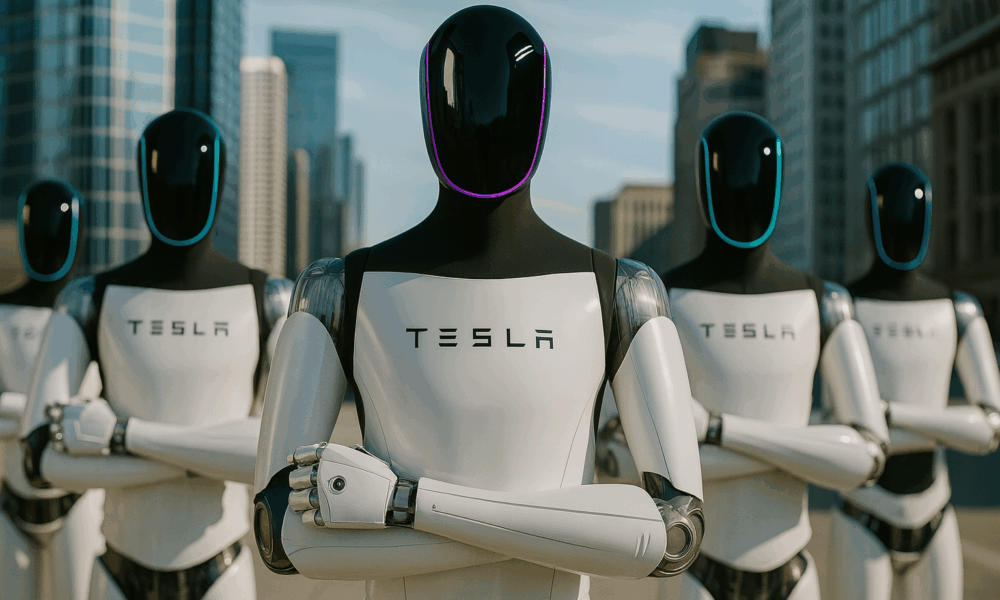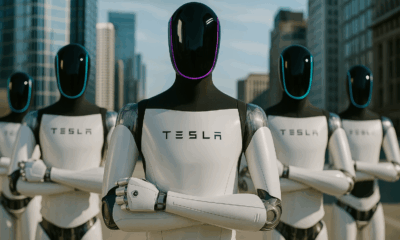


In a move that could reshape the AI and autonomous vehicle landscape, Tesla has signed a staggering $16.5 billion contract with Samsung to manufacture its next‑generation AI6...



A Surprising Setback In a Long‑Promised Promise Tesla has hit a snag in its journey toward making Optimus — its humanoid robot — a mass‑market reality....